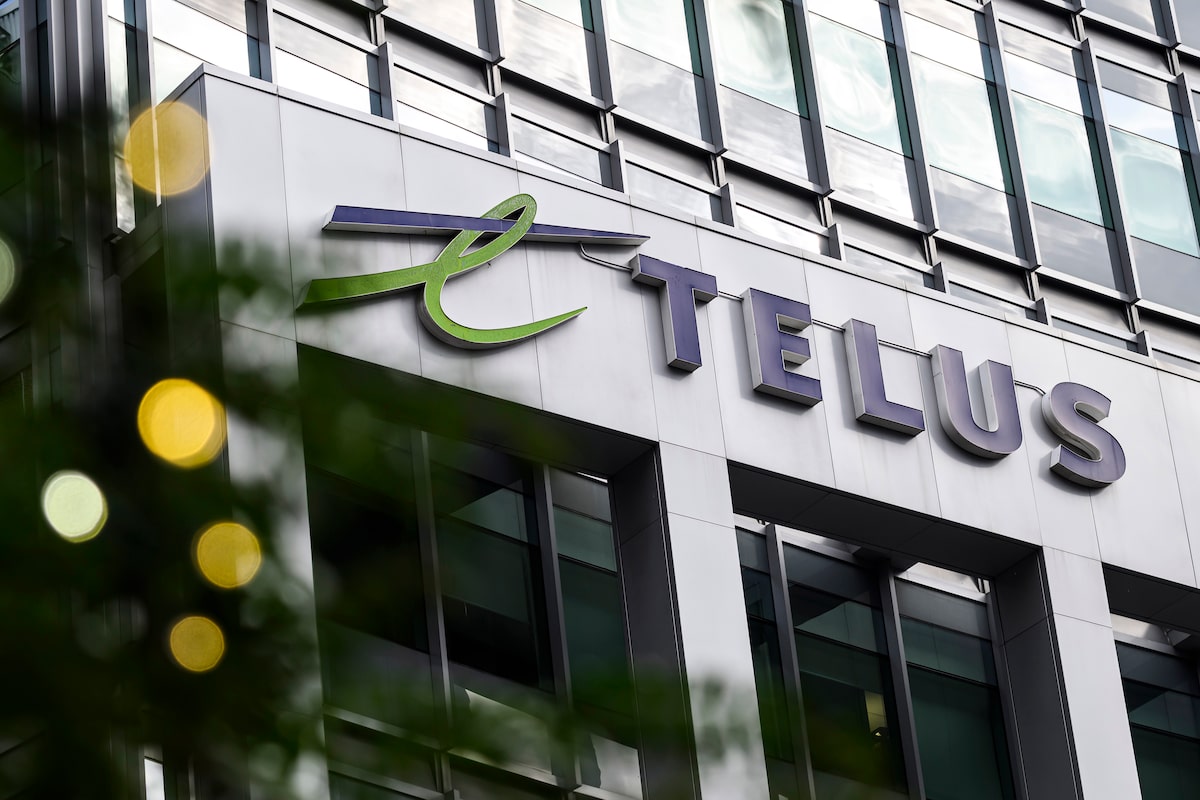Cogeco begins wireless service rollout in Quebec, Ontario markets

The Cogeco logo is seen in Montreal on October 22, 2020. THE CANADIAN PRESS/Paul ChiassonPaul Chiasson/The Canadian Press
Cogeco Inc. CCA-T has launched its mobile wireless service in Canada, with the first group of customers already on the service – but only those who buy its internet package will get access, the company said.
The Montreal-based telecom and media company says it plans to cover 12 Canadian markets in parts of Ontario and Quebec over the coming weeks.
These are Alma, Magog, Rimouski, Saint-Georges, Saint-Hyacinthe, Saint-Sauveur and Trois-Rivières in Québec, and Brockville, Chatham, Cobourg, Cornwall and Welland in Ontario.
It will then expand to a full commercial launch in the fall. The company did not say where it then plans to offer service.
“We’ll target low to mid-data users and will provide a time-limited launch bonus for the first wave of customers joining us,” Cogeco president and chief executive officer Frédéric Perron said to analysts on Tuesday morning.
Cogeco chief financial officer Patrice Ouimet told analysts the company was keeping an eye on the broader Canadian wireless market but ultimately is not aiming to compete on that scale.
“It’s not a strategy to go national or anything like that. We’re a rational player,” Mr. Ouimet said.
The additional service will allow existing subscribers to bundle internet and mobile products, a strategy which Cogeco hopes will make them more likely to remain customers, reducing churn.
The company launched a similar service in the U.S. last year, where it operates an internet brand called Breezeline. That service, also only for internet subscribers, requires customers to bring their own device, and starts at US$12.50 for 1 gigabyte of data.
“Wireless will become a powerful tool to retain and grow our North American wireline customer base over time,” Mr. Perron said in a release Monday.
The news came as the company reported revenue of $758.5-million in its quarter ended May 31, down from $777.2-million in the same quarter last year.
Shares of Cogeco closed down 8.49 per cent Tuesday on the Toronto Stock Exchange.
Over the last 12 months, Cogeco lost 7 per cent of its revenue generating units – mainly internet customers – in the U.S., pressured by encroachments from a cheaper type of internet offering called fixed wireless access and increased competition from telecom companies’ fiber builds into its territory, said Scotiabank analyst Maher Yaghi in a note to investors.
As a result, management updated its guidance to reflect that lower revenue, Mr. Yaghi added.
In a release, Mr. Perron said the higher-than-usual customer losses in the U.S. were partially caused by “temporary factors” and that the company expects trends to improve in future quarters.
Cogeco says its profit amounted to $2.13 per diluted share for the quarter, up from $1.97 per diluted share in the same quarter last year.
With a report from the Canadian Press


